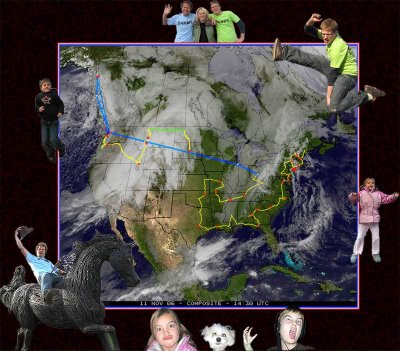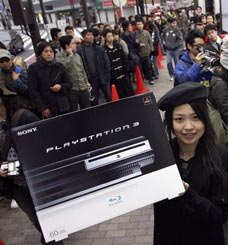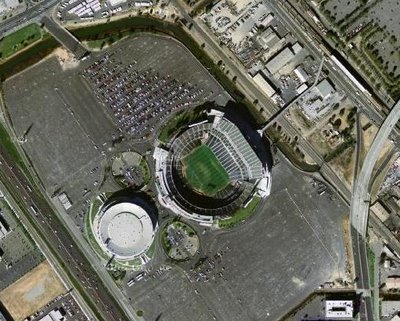By AUDREY McAVOY, Associated Press Writer
HONOLULU - Tsunamis generated by a major earthquake near Japan left behind little damage but offered a legitimate test of international warning systems.
The waves, some measuring a few feet high, struck Hawaii shores Wednesday, slightly injuring one swimmer and temporarily flooding a harbor. A surge along California's northern coast destroyed two docks in Crescent City Harbor and damaged a third.
The waves hit Hawaii about six hours after a magnitude 8.1 earthquake struck north of Japan. Tsunami warnings were issued by the Pacific Tsunami Warning Center, which reported that its system of sending alerts functioned properly.
"It went very smoothly, and there weren't any major problems at all," said Brian Shiro, a geophysicist at the center. "We issued a warning for 1,000 kilometers surrounding the earthquake and an advisory for the rest of the Pacific Ocean."
The alerts were canceled once the center received further information that showed the tsunami was going to be small, he said. The center canceled the tsunami watch for Hawaii when it became clear the waves were unlikely to top one meter, or about 3.3 feet.
But local civil defense authorities still warned people to stay out of the water and to exercise caution near harbors, given the possibility the earthquake would generate unusual currents around Hawaii.
A woman swimming at Waikiki suffered cuts when she was sucked through an opening in a seawall as the water receded just before the swells arrived. She was otherwise fine, said John Cummings, a spokesman for Oahu Civil Defense.
On Kauai, a 2 1/2-foot swell flooded a parking lot at Nawiliwili Harbor. No serious damage was reported.
"Some of the boats hit the bottom with their keels when the water receded, sort of jostled them around their moorings when the wave came through," said Mark Marshall, Kauai County civil defense administrator.
In California, the weather service issued an early-morning tsunami advisory but dropped it by the time waves traveling up to 30 mph moved in at Crescent City, about 20 miles south of the Oregon state line.
Harbor workers there noticed a fast-moving current around mid-afternoon that harbor master Richard Young described as a "river within the ocean."
As the surge rushed out of the harbor, two floating docks in the inner basin were destroyed, Young said. Another surge followed, severely damaging a third dock, he said.
Several vessels attached to the destroyed docks bobbed away from their anchorage and likely received dings and possibly greater damages, the harbor master said.
Young said the replacement costs of the docks could range from $300,000 to $700,000.
Some 400 miles to the south, waves pounded the Santa Cruz yacht harbor all afternoon, causing several boats to break away from their moorings and capsizing a small sailboat.
"It wasn't wave action," said Dave Reynolds, a Monterey-based weather service meteorologist. "It was the current that caused the damage. This is almost like a fast-moving river of water that is coming in, so ... it's the currents that toss the boats around."
Thousands of people living along northern Japan's Pacific coast fled to higher ground, but Japan's meteorological agency withdrew its tsunami warning after about three hours. The waves near Japan did not swell higher than 23 inches.
___
On the Net:
Pacific Tsunami Warning Center
Source Article







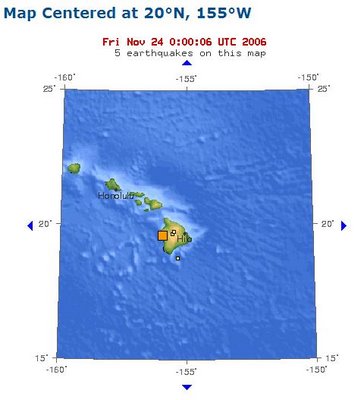

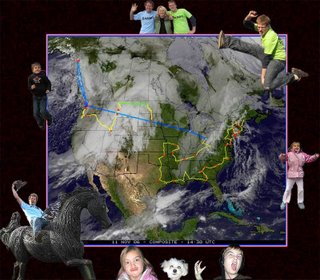








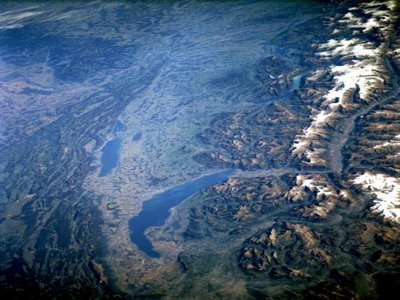
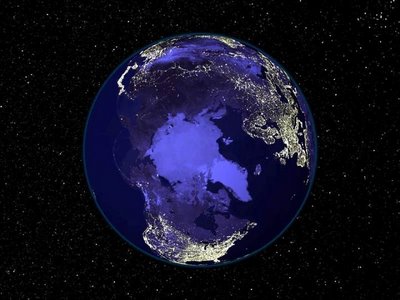

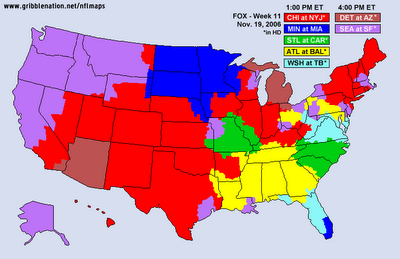

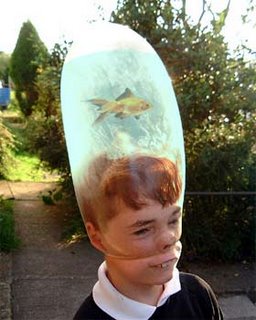

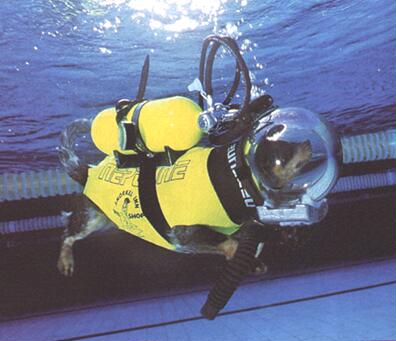




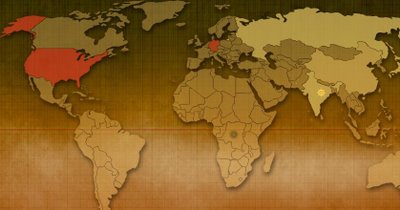


 "Elizabeth was more than happy to sit for the interview but was disturbed that the magazine would set aside basic journalistic standards to photoshop her head onto a fake image. Vargas did joke that her real baby is cuter, that she is proud to breastfeed her newborn but wouldn't do it at the anchor desk and that she wouldn't be caught dead in that ugly gold blouse!"
"Elizabeth was more than happy to sit for the interview but was disturbed that the magazine would set aside basic journalistic standards to photoshop her head onto a fake image. Vargas did joke that her real baby is cuter, that she is proud to breastfeed her newborn but wouldn't do it at the anchor desk and that she wouldn't be caught dead in that ugly gold blouse!"

